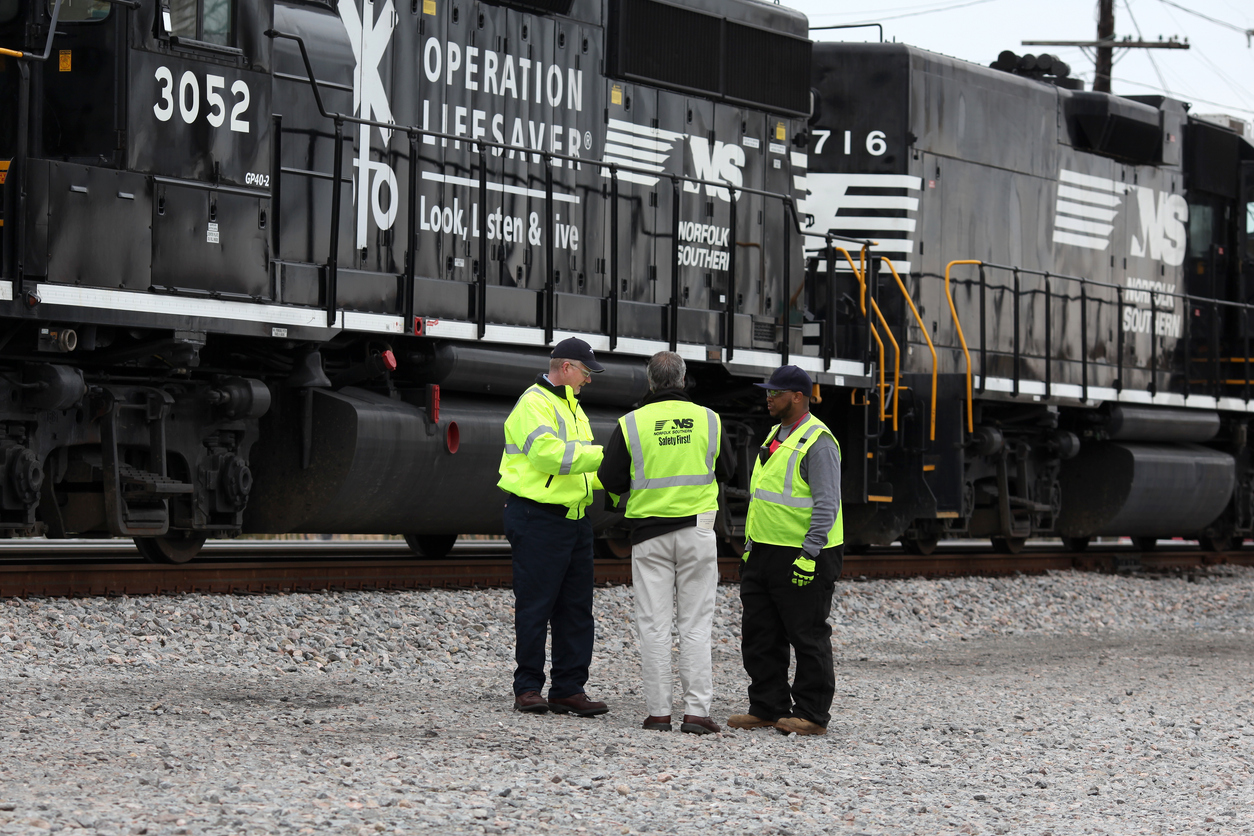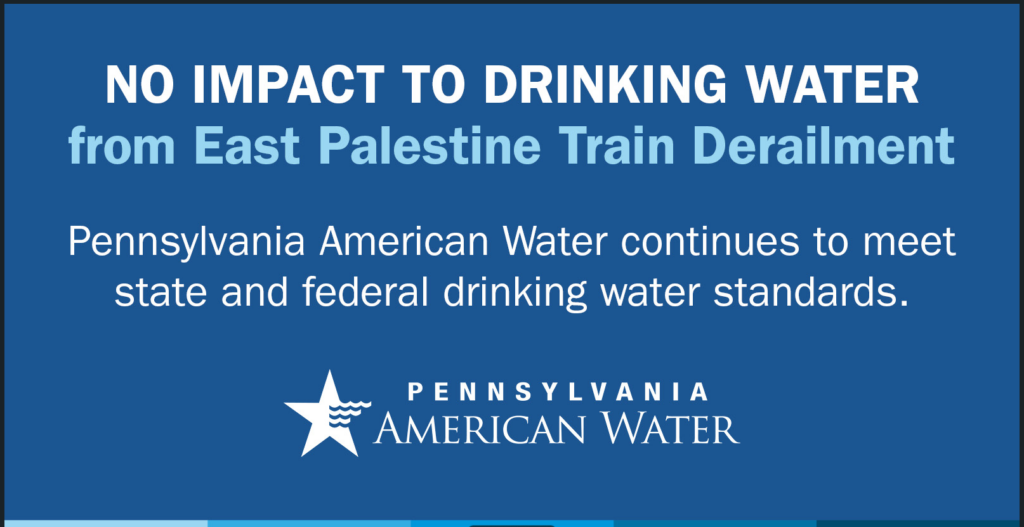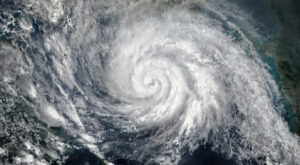PR insights gained from the Norfolk Southern train derailment response
Year-round communications helped develop ‘source of truth’ as situation unfolded.

American Water’s Ruben Rodriguez vividly recalls the moments in February 2023 after a Norfolk Southern train derailed near East Palestine, Ohio.
Rodriguez is the senior director of external communications for the corporate side of American Water, one of the largest publicly traded water and wastewater utility companies in the United States.
The 51-car derailment of a train carrying toxic chemicals prompted the evacuation of nearly 1,500 people living nearby. A controlled burn created a chemical spill of toxic vinyl chloride into the Ohio River near the Pennsylvania border.
Although no one was seriously hurt in the derailment, the burn created a visible plume of chemicals in the river, sparking widespread panic about the safety of drinking water throughout the Ohio River Valley.
The American Water communications team prepares for derailment-type situations through regular crisis training exercises. But Rodriguez said a major part of their preparedness for what happened in eastern Ohio was the strong rapport they’d developed with state emergency organizations, regulators and customers through regular communications. The company sends customers two emails every month, which include industry news, safety updates and the results of year-round water quality testing, that helped develop a level of trust with customers.
Those strong relationships enabled American Water and its partners to respond fast, Rodriguez said.
“There is a trust factor equal to no other utility,” he added, noting that water is the only “ingestible” utility.
Get the message out fast
Immediately after the Norfolk Southern derailment, American Water tailored its communications strategy to its customers along the Ohio River in Pennsylvania, West Virginia, Illinois and Indiana. Communications worked closely with the operations team on the ground to understand plans and next steps.
But the corporate response was an all-hands-on-deck, with team support and resources coming from company branches across the U.S.
Denise Venuti Free, senior director of communications and external affairs for New Jersey American Water, advocated for the importance of not having a one-size-fits-all approach to community engagement.
“More and more people are going online to pay their bills, view their bills, receive emails and texts from us, and use our customer service portal to tell us how they want to be contacted,” she said.
During the weeks-long ordeal on the Ohio River, American Water issued consistent messages. West Virginia American Water, for example, sent at least two updates daily. The company also posted regular updates on its website and social media as well as those of its partners, such as the U.S. EPA, Ohio River Valley Water Sanitation Commission and the West Virginia Department of Health and Human Resources.
The goal was to create what Rodriguez called a single “source of truth” to ensure customers had the latest details and, more importantly, the most accurate information.
No fluff: Need-to-know info only
Messaging focused not only on the status of the massive toxic plume floating down the river but also on reminding customers that American Water and its partners were working together to keep them safe.
Some messages were direct and specific. Graphics, for example, were bold, simple statements focused on need-to-know information and linked to updated information on social media.

Press releases offered more details but were still brief and written in plain English. Most were only a few paragraphs long and avoided delving into scientific jargon. Instead, they focused on the most important thing: whether or not the water was safe to drink.
The crisis comms team also tapped into third-party messengers, such as Dr. Matthew Christiansen, state health officer and commissioner of the West Virginia Department of Health and Human Resources, to serve as trusted messengers.
“Water quality testing indicates that all water leaving the Huntington Water Treatment Plant meets state and federal drinking water guidelines,” a message on Feb. 17 reads in part.
More details were available on website FAQ sections.
“By getting ahead of the situation and keeping customers informed, we boosted the trust factor and showed that we were prepared to treat the water or find an alternative source,” Rodriguez said.
Dealing with a crisis requires year-round commitment
For utilities, crises can occur at any time of the year. Not all are as severe as a train derailment that pollutes a major body of water. But even a water main break that requires a boil advisory presents a valuable chance to communicate clearly with customers.
“Just because we’re not in a competitive marketplace doesn’t mean we don’t have to communicate,” Venuti Free said.
According to Venuti Free, research from the Value of Water Campaign and other organizations shows that you can’t over-communicate with customers, in good times or bad.
American Water’s communications team sends customers and other stakeholders a range of materials throughout the year – newsletters, social media posts, emails and more. The goal is to build a sense of trust. That way, when a crisis hits, the relationship with customers will pay off.
“They want to be informed,” Venuti Free said of customers. “They might not always respond, but they want to hear from you.” American Water sends out at least two emails a month to each of its 24 states, and the response tracking is excellent.
As of June 2024, American Water has distributed close to 17 million informational emails to its customers this year. Rodriguez estimated that the company will have sent close to 25 million by the end of the third quarter. The general open rate for those emails is about 40%. After the derailment, engagement rates on American Water’s emails were “extremely high,” with a 47%-52% open rate and a 30%-39% click-through rate.
“People actually read them; they want to see them,” Venuti Free added. “The days of simply including a bill insert are over.”
After an event like a train derailment, the communication bar gets higher, Venuti Free said.
“People (engage more) after situations like that because you’ve shown them you’re communicating proactively and transparently,” she added.
Casey Weldon is a reporter for PR Daily. Follow him on LinkedIn.







